What is wrong with this picture?
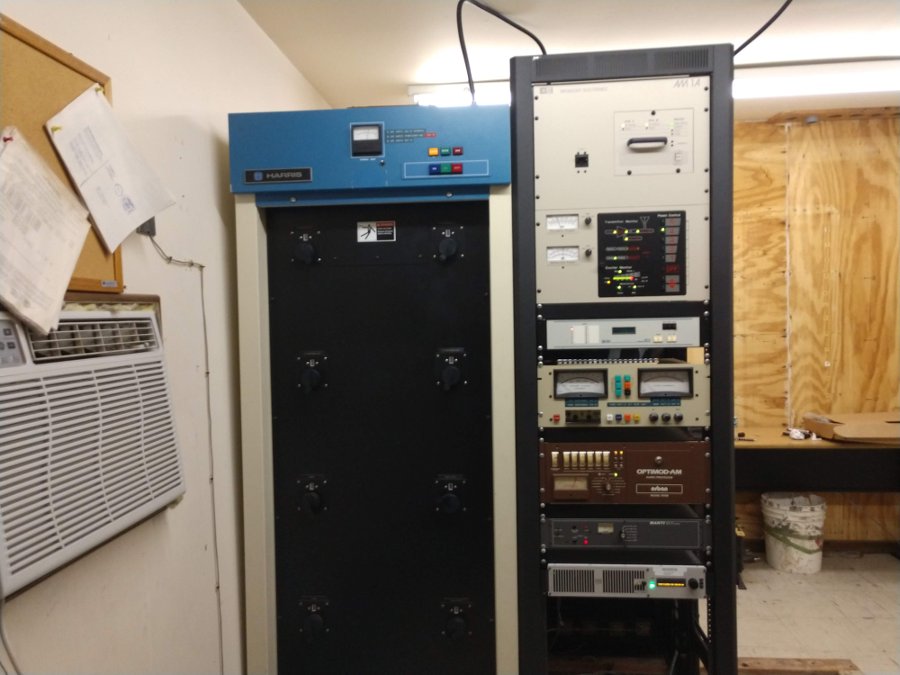
It is a little bit blurry, but the real problem is that none of the indicator lamps on the phasor or antenna monitor are working. Those little incandescent 387 bulbs burn out frequently. It is difficult to tell, at a glance, whether the phasor is in daytime or nighttime mode. One also cannot tell which tower or mode is selected on the antenna monitor.
It is a small job to replace them, but it does take some time. They currently exist in older transmitters, studio consoles, meter backlighting, and other control indicators. Since I began working in radio, I have replaced hundreds of these little lamps. I would rather spend my time on more interesting projects.
The 387 bulbs cost about a dollar each and last less than a year, in most cases. Fortunately, there is a solution to all this. Enter the based LED replacement lamp. These little guys have the long life of an LED (100,000+ hours) in a package that is a direct replacement for the Incandescent lamp. They run about $5.31 each.
Dialight makes a very handy cross reference:
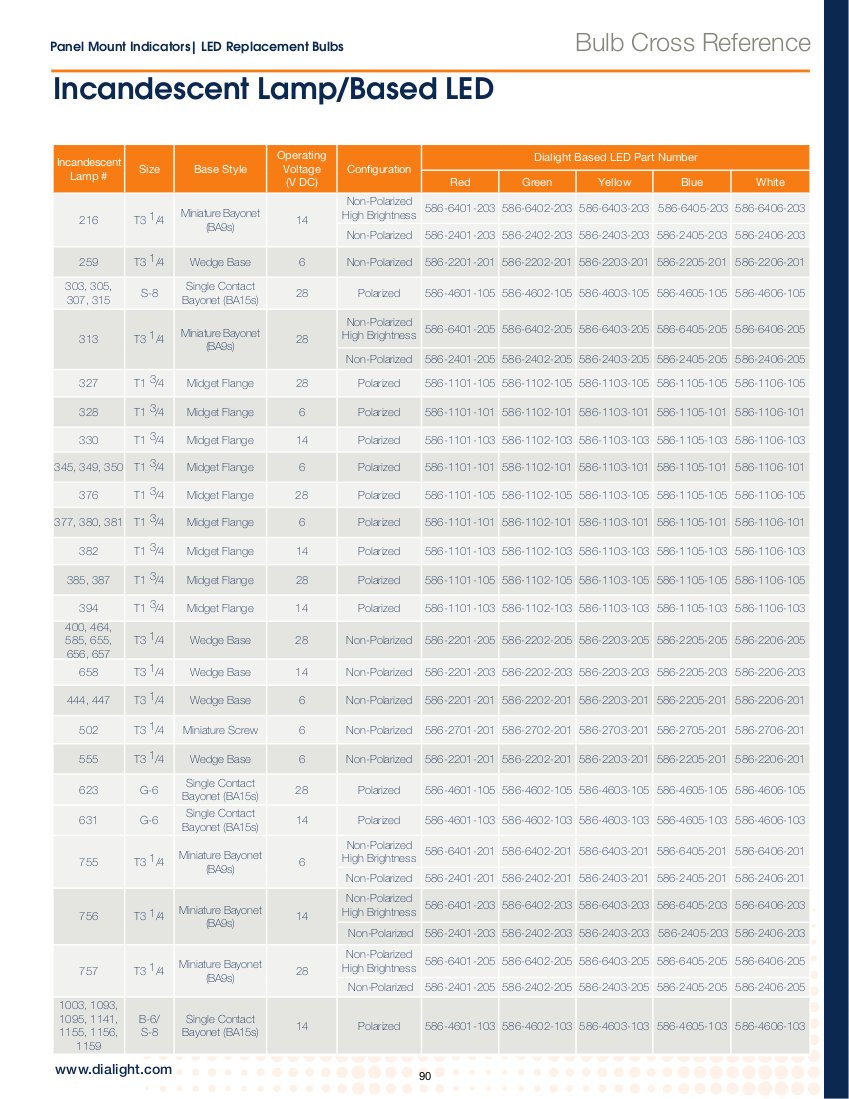
The entire cross-reference section is three pages long and is a part of their PMI catalog. The full cross reference .pdf can be found here.
Those Dialight LED lamps are available from Mouser, Allied, and Newark Electronics.
Time is money. There are much better things to be doing than going around replacing incandescent indicator bulbs in various pieces of equipment. At the same time, it is important to know what the status of that equipment is at a glance, which is the reason for using any type of indicator in the first place. Using drop-in replacement LED indicating lamps with certainly save time and money in the long run.

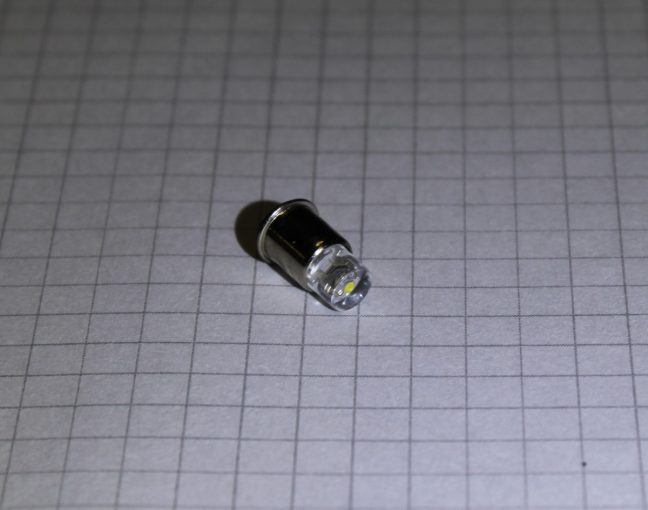

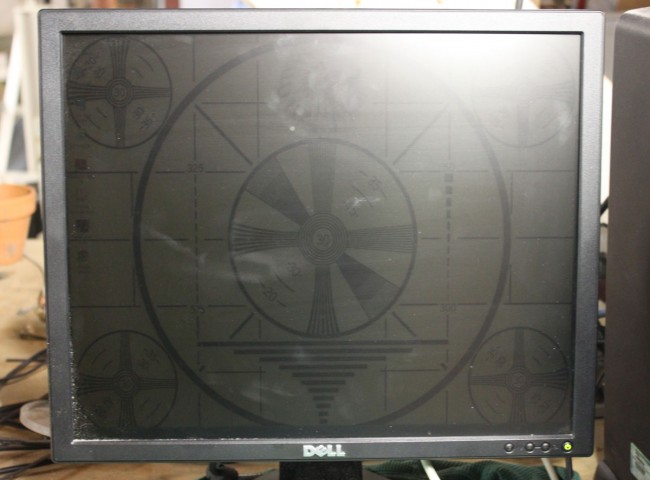
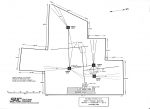


This crap drives me nuts. I’ve taken over a few directionals in my time and the previous engineer couldn’t care less about the small stuff like this. Needless to say, there were bigger problems that had to be dealt with, too. I ordered about $150 in LED lamps and replaced all incandescents in the phasor, antenna monitor and transmitters. Having to guess what your equipment is doing is a recipe for disaster.
Sir, I find reading your tales of trials and errors both enlightening and informative. Thank you for the time and effort you give to this web site.
I make it a point to use all LEDs for indicator lamps nowadays, if possible. I didn’t use to, the early ‘white’ ones had a ghastly blue hue about them I had a very strong revulsion over. I just hated the damn things. Thankfully, today they have much ‘warmer’ hues available, and they look really nice in old tube radios.
And in homes. I don’t know why I had such a visceral dislike of them, but I just hated their hideous spectra…
this also ushers away the era of the “lamp test” button, as MTBF and lifespan of diodes make it almost unnecessary.
It seems those lamp failures would always crop up and the most inopportune time. Having refurbed several Dynamax consoles I not only upgraded the meter backlight but also had all the input modules lamps updated when I sent them back to Sandies for updates. Thankfully worrying about filament-based lamps are only a concern for legacy gear.
As an aside, I recently upgraded the reverse lamps on my vehicle to LED-based devices. They’re practically as bright as headlights which is certainly helpful when maneuvering around a dark transmitter site.
Paul, the first think I noticed was the controller section of the BE transmitter below the Amplifier section. Fist glance I thought it was upside down, but after looking I realized how it was mounted. I just had not seen it mounted like that. But based on the rack layout makes sense.
Rich, The transmitter room at this facility is kind of small. When this was installed, there was a Harris SX-1A to the right of the rack. There was not enough room for a second rack, so I decided to maximize the room in that rack. Installing the transmitter that way leaves the prime rack real estate (eye to waist level) available to things that needed to be looked at/adjusted.